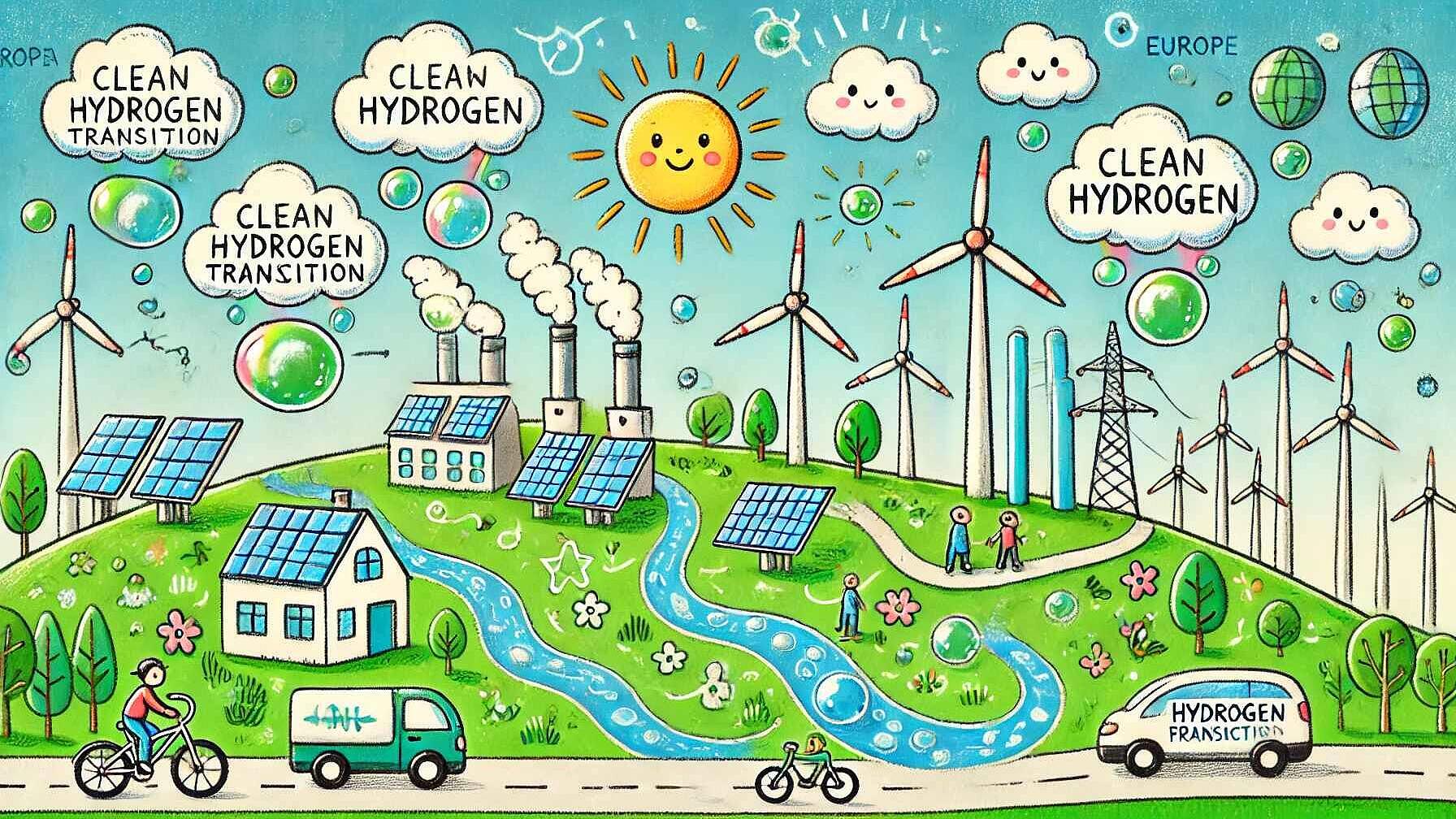 Search Result
Search Result
Dr. Marius Buchmann
Marius has a profound expertise on renewable energies, energy economics, energy regulation, energy markets, smart grids and grid integration of electric mobility. Within several industrial projects, he support companies from the energy sector in the…
Author detailsHydrogen Pathways: Leading the Charge Towards a Sustainable Future
As Europe marches steadily toward its 2050 Net Zero goal, the pursuit of clean hydrogen production stands at the forefront of decarbonizing its energy landscape. Hydrogen, a versatile energy carrier,…
Read Full article
Andreas Kuehl
Content Manager, Online Marketing, Social Media, Building Energy, Energy Efficiency and Renewable Energy Expert specialising in climate-neutral buildings and neighbourhoods, tenant electricity, energy efficiency, renewable energies, energy storage…
Author detailsRank Organic Rankine Cycle Technology with applications in Heat Recovery solution
In a project involving ACCIONA and KEROS CERAMICA, RANK has worked with SWEP to implement a heat recovery solution for electricity power generation. ORC RANK equipment capacities range from 2 to 100 kWe. The activation range for the low-temperature equipment starts at just 85 °C.SWEP's heat exchangers are installed as economizers, evaporators and condensers.
Read Full Business PracticeBlockchain and the Internet Of Energy
The vision of an internet of electricity is becoming a lot more real with the growing understanding and adoption of blockchain and cryptocurrency. Following a basic introduction of blockchain and cryptocurrencies, this articles, by using a simple example, gives an idea of the endless possibilities of this concept – which will always reward the most viable solution, which might in cases be storage,…
Read Full Business PracticeEnergy Efficiency in Motor Driven Systems
Energy Efficiency in Motor Driven Systems Contributions from research, industries and policymaker EEMODS is an established international conference where policymakers and energy efficiency experts from industry, research labs, universities and…
DetailsWhat are critical components of a battery energy storage system (BESS)?
Battery energy storage plays an essential role in today’s energy mix. As well as commercial and industrial applications battery energy storage enables electric grids to become more flexible and…
Read Full article10 Facts about Cogeneration-CHP
Cogeneration (Combined Heat and Power or CHP) is the simultaneous production of electricity and heat, both of which are used. In conventional power plants, heat is not recovered when generating power, while in cogeneration plants the heat is put to effective use to provide comfort (space heating and hot water) or services (high temperature heat and steam) for homes, public buildings, businesses…
Read Full Business Practice10 Facts about Solar Power
Solar’s lowcost, versatility and reliability, means that it is poised to become the dominant energy source by 2050. Solar is easy to install, easy to maintain and an easy way to save money. Perhaps the most common objection from solar sceptics is “the sun doesn’t shine at night”. We have solved this: we now have storage systems that temporarily store generated solar power and deliver clean…
Read Full Business Practice3rd EU Energy Summit - An EU policy benefiting citizens, consumers and businesses
Debate how the EU could encourage and support the efforts required from the European economic and social actors to face major challenges: innovative technologies to boost decarbonisation energy efficiency, new electricity market design integration of…
Details


